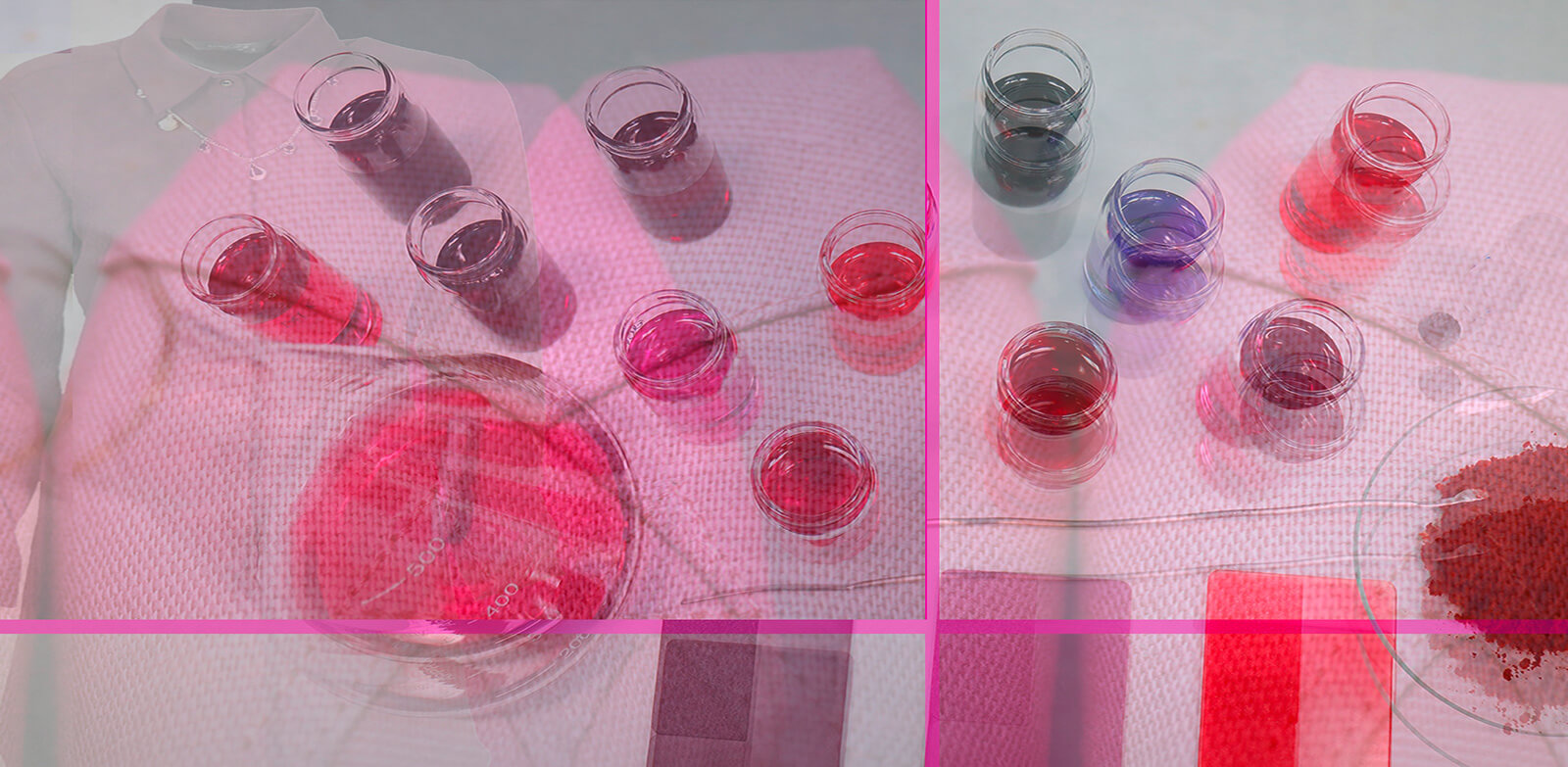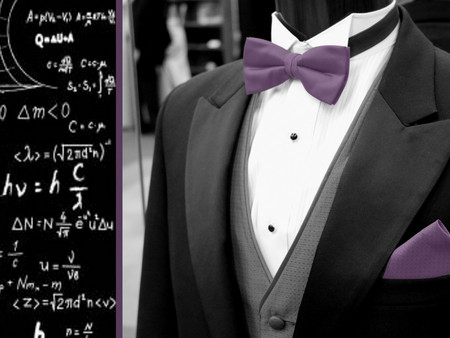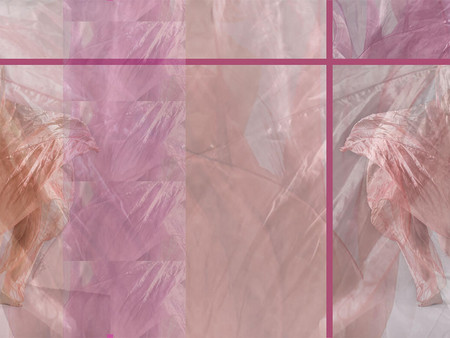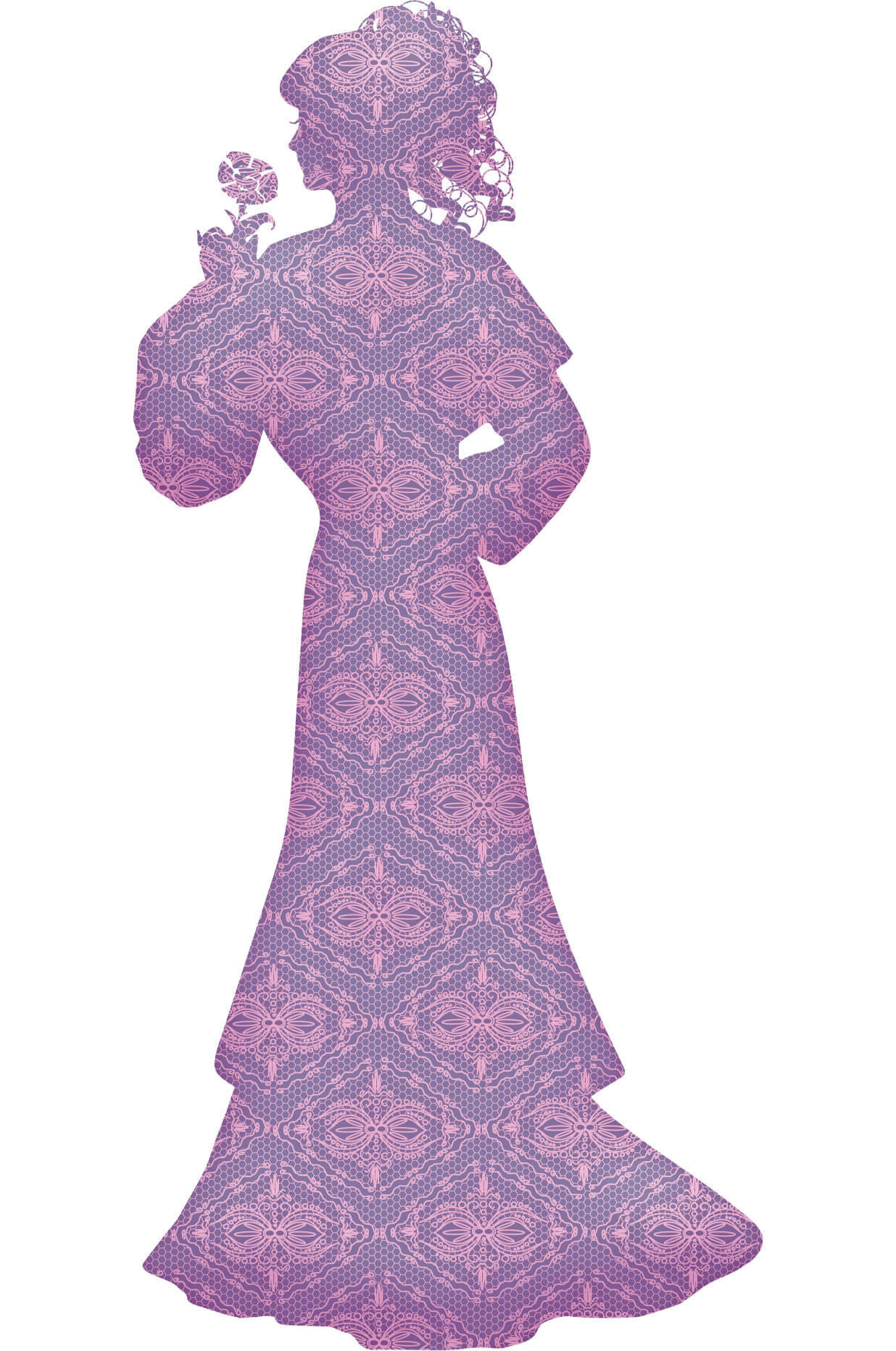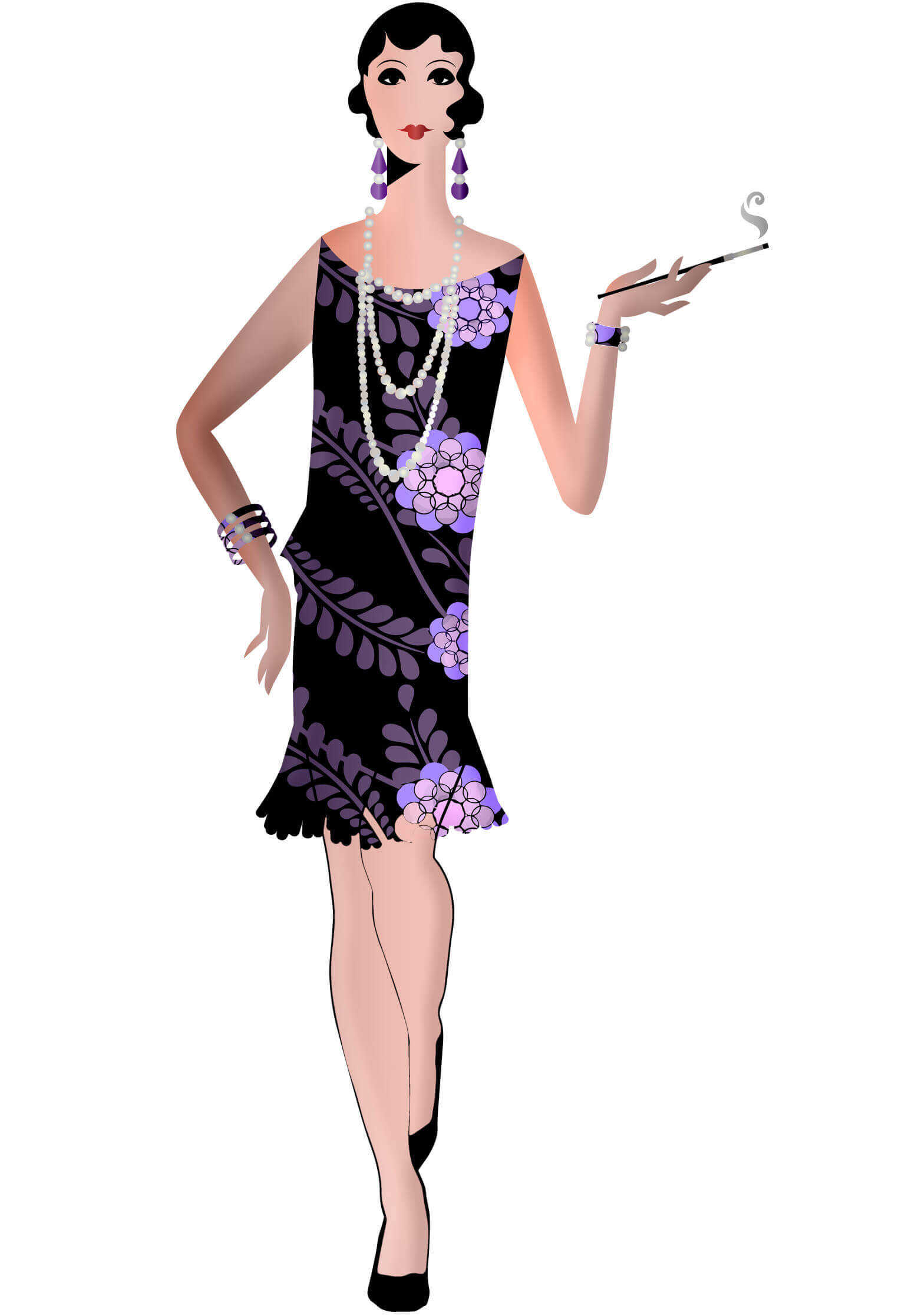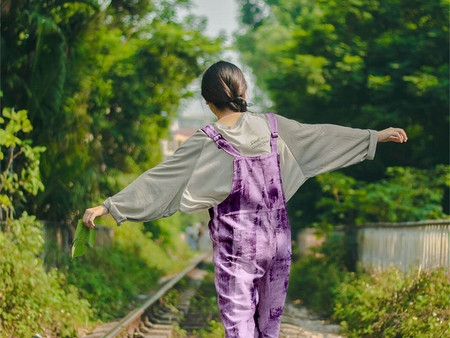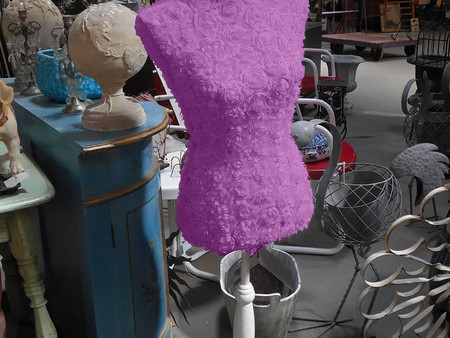Trend 2022
An exciting story surrounds the shade mauve:
The 18-year-old Briton William Perkin, a student at the time, was researching a remedy for malaria in 1856. By chance, he discovered the first artificial aniline dye, which he named mauveine. For, to his surprise, this derivative produced a bright violet on silk. Until then, colours made from natural substances such as minerals or extracts obtained from plants and animals were used to colour objects, buildings and clothing. At times, this was an expensive undertaking. Perkin’s discovery of synthetic dye production was groundbreaking—not only for the dye industry, but also for areas of the medical, perfume, food or photographic industries. His mauveine dye was such a great success that he quit his chemistry studies and started his own business as a dye manufacturer.
Mauve, the French name for the colour of wild mallow, took the fashion salons of London and Paris by storm. Perkins and his mauve left their mark. In 1906, Sir William Perkin, aged 66, went to New York for a celebratory banquet arranged by renowned scientists. As a sign of their esteem and respect, all the male guests appeared in black dinner jackets and mauve-coloured bow ties. In honour of the man who invented the dye mauve and thus shook up the entire fashion world with it.
A dyed silk handkerchief marked the beginning of the triumph of mauve. Perkin actually only wanted to enjoy the shade, but he noticed that the colour of the cloth remained amazingly lightfast and colourfast. The idea of producing mauveine on a large scale matured.
In 1857, the first silk fabrics were dyed with mauveine. Mauveine was marketed under the names Aniline Purple and Tyrian Purple.
The breakthrough came in 1858: Queen Victoria dressed in mauve velvet for her daughter’s wedding and Empress Eugenie of France, the wife of Napoleon III and the most influential woman in the fashion world at the time, noticed that mauve matched the colour of her eyes. The obsession with mauve continued until 1861.
Following his success, Perkin’s process for producing mauve was copied throughout Europe and used to produce other shades that catered to the latest fashion trends.
In 1999/2000, mauve made a comeback in the fashion world.
Marketing groups of international colour designers, people from advertising and marketing worked together. Having conducted surveys, preliminary studies and expert opinions, they decide on the fashion and trend colours. And then there are the people, the icons and influencers of an era, who have always chosen fashion colours and will continue to do so. Not always predictable.
“Ordinary women always console themselves. Some of them do it by going in for sentimental colours. Never trust a woman who wears mauve, whatever her age may be, or a woman over thirty-five who is fond of pink ribbons. It always means that they have a history.”
Oscar Wilde, from The Picture of Dorian Grey, 1891
https://de.wikipedia.org/wiki/William_Henry_Perkin
https://www.youtube.com/watch?v=cuAF_3XFYDc
https://hallespektrum.de/nachrichten/bildung/schon-gewusst-fluch-und-segen-der-chemiefarben/365166/
https://theamericanscholar.org/how-mauve-was-her-garment/
https://de.wikipedia.org/wiki/Violett
Trendfarbe Lila (Archiv) (deutschlandfunkkultur.de)
Book recommendation: Mauve – How One Man Invented A Colour That Changed The World by Simon Garfield





